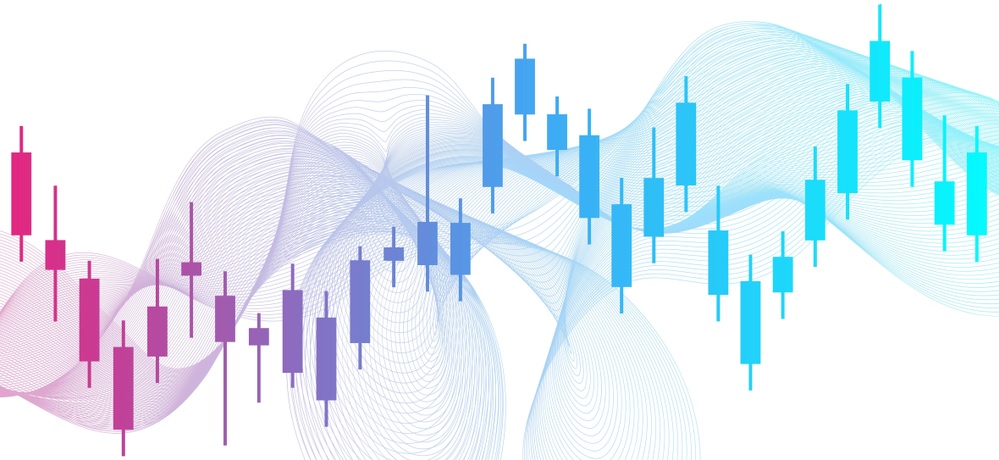In addition to proving an excellent way in which to trade commodities, currency and equities, CFDs also provide the added flexibility of allowing trade on indices. Generally speaking, investors are restricted to investing in one particular asset or instrument, with little opportunity to trade on wider economic indicators. With CFDs, it is possible to take both long and short positions on a range of the worlds leading markets through trading indices, including the Dow Jones, the FTSE100 and the S&P 500, affording traders more options in piecing together a secure, sustainable trading portfolio.
What are Indices?
An index is a representation of a basket of shares, more often than not of the largest publicly traded companies within a given economy. For example, the FTSE100 is a collection of the 100 largest UK companies by market share, and by definition regularly fluctuates depending on the 100 largest companies at a given time. Unlike trading on individual shares within the FTSE100, which could go up and down simultaneously, the index gives a representation of the overall performance of the basket of shares, indexed to ensure comparisons over time and to attempt to give a measure of business performance.
Contracts for difference are the perfect tool for trading on indices, allowing traders to capitalise on the main indices as indicators of economic performance.
Rather than investing in any particular share, contracts are opened on the strength of positive or negative macroeconomic movements, and closed for the difference at a given point depending on the performance of the index.
Efficient Way to Trade Indices
CFDs can be put to effective use when attempting to read how markets will respond to a particular announcements and indicators. For example, it might be hard to read how a poor day’s trading in the US markets will affect the price of Barclay’s shares, whereas it may be easier to predict how the FTSE100 might respond. A contract for difference could therefore be opened on the FTSE100, going short, and closed when the market dived to lock in the associated profits. Without some form of derivative instrument or investing in a trading fund, it would be impossible to profit from the rise or fall of the FTSE as an index – only through instruments like CFDs does this become possible.
By affording trade on the strength of a variety of indices, it is possible to both hedge against the risk of market collapse for particular fragile stock positions, and jump on the bandwagon of obvious macroeconomic stimuli which might be harder to pin down into individual stocks.
And as with all things, CFD leverage plays a crucial role in amplifying the profit potential from trading on a given index. Your exposure to a given position can be ramped up multiple times to present a potentially very lucrative opportunity. For example, a very strong performance in the US markets is likely to lead to a strong performance in the UK markets over the early hours of the next trading day, and a highly leveraged long position on the FTSE100 can help scalp a significant profit from this reasonably foreseeable outcome.
Trading indices is largely impossible without the help of instruments like CFDs, and CFDs themselves are the perfect tool for capitalising on wider market movements. By aggregating the performance of shares across industry and market sectors, it is possible to capitalise on generally good or bad economic news to derive a leveraged, lucrative return.

Leave a Reply